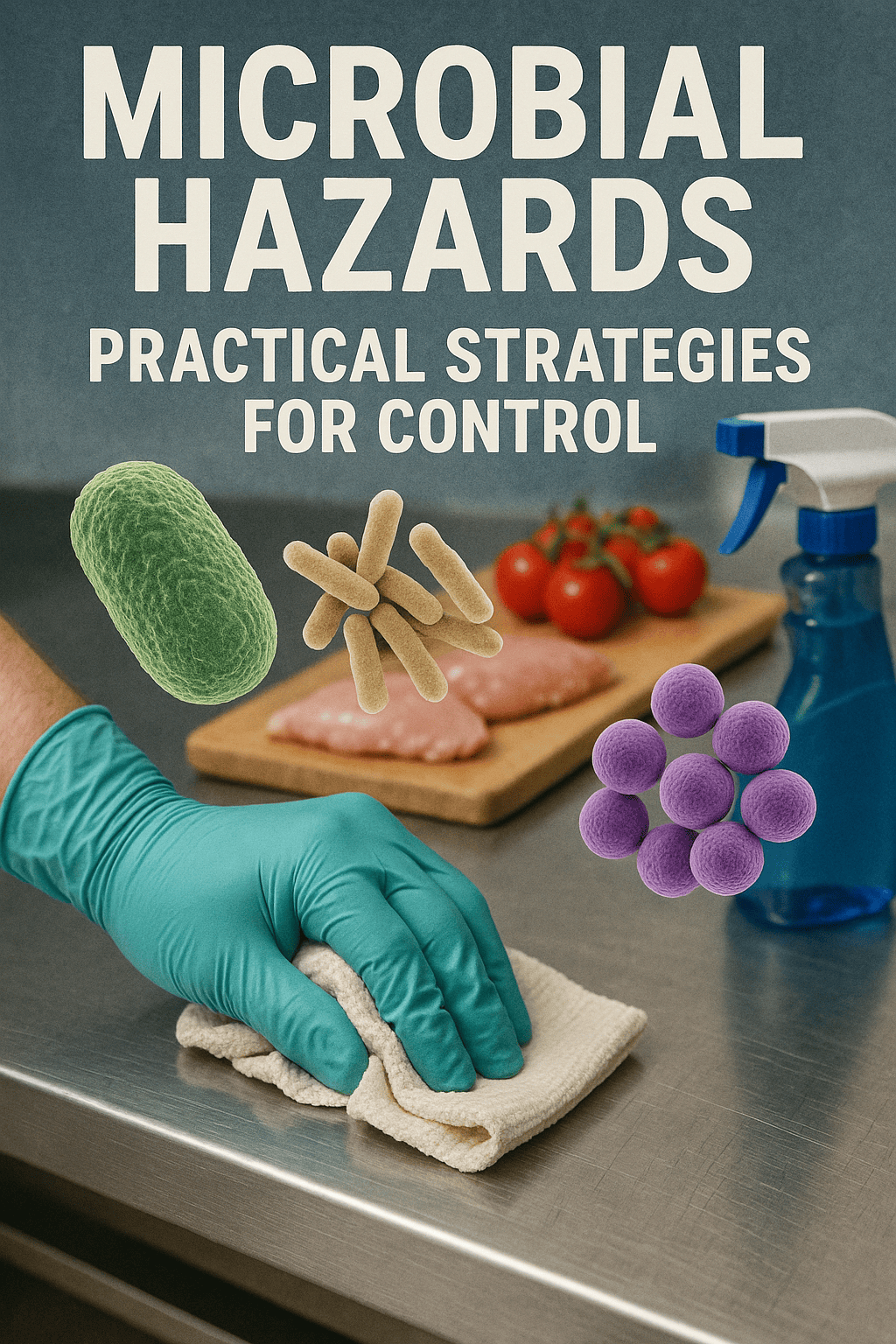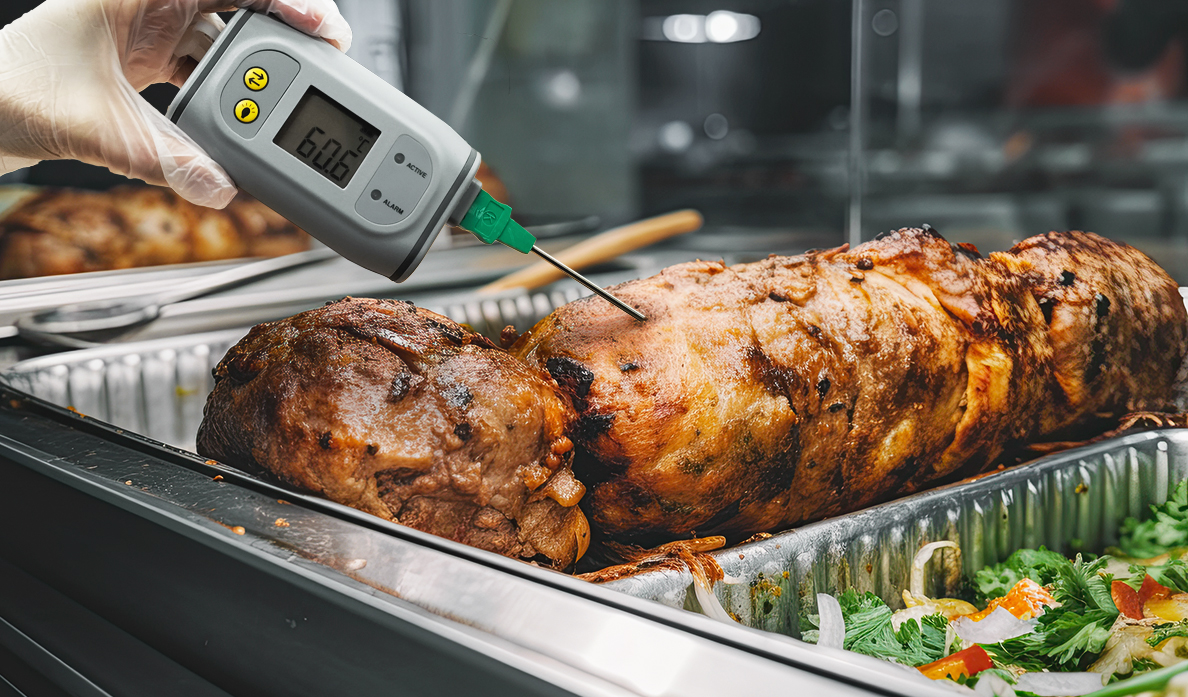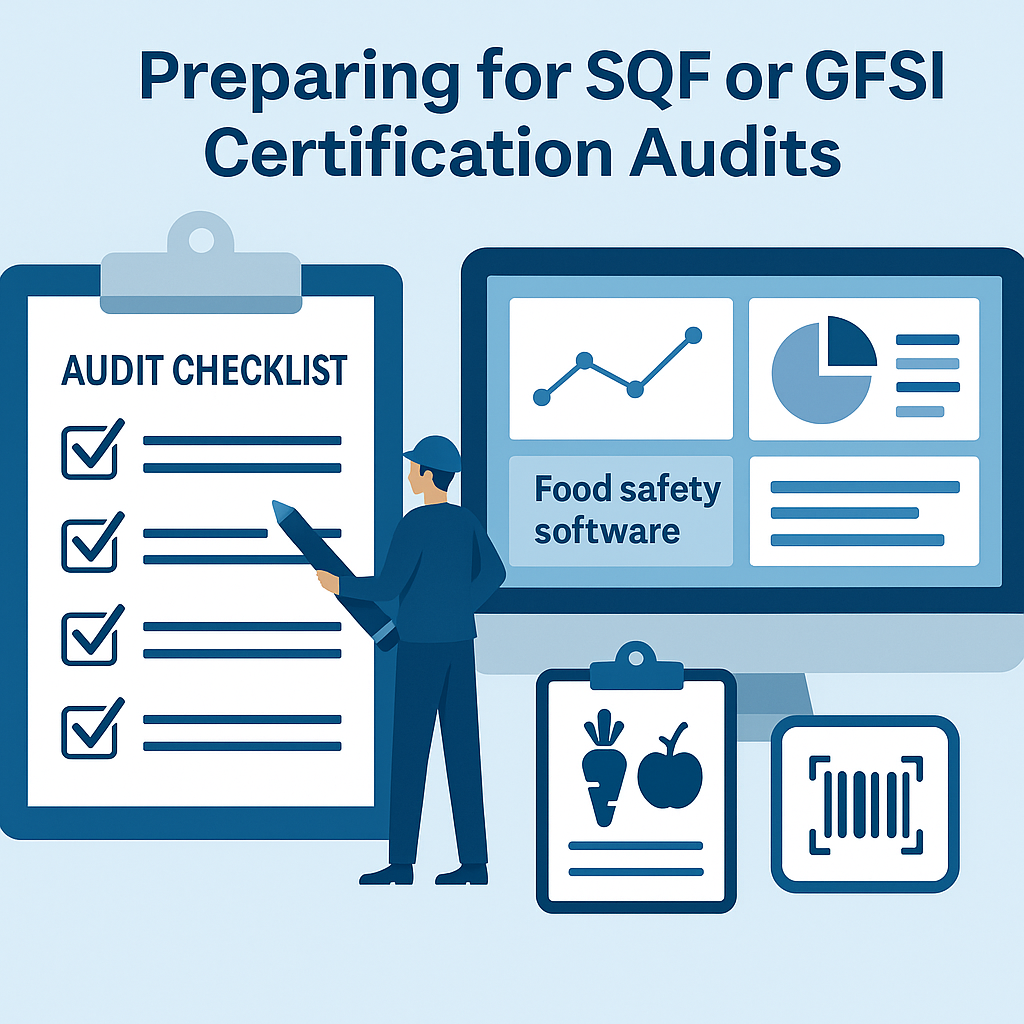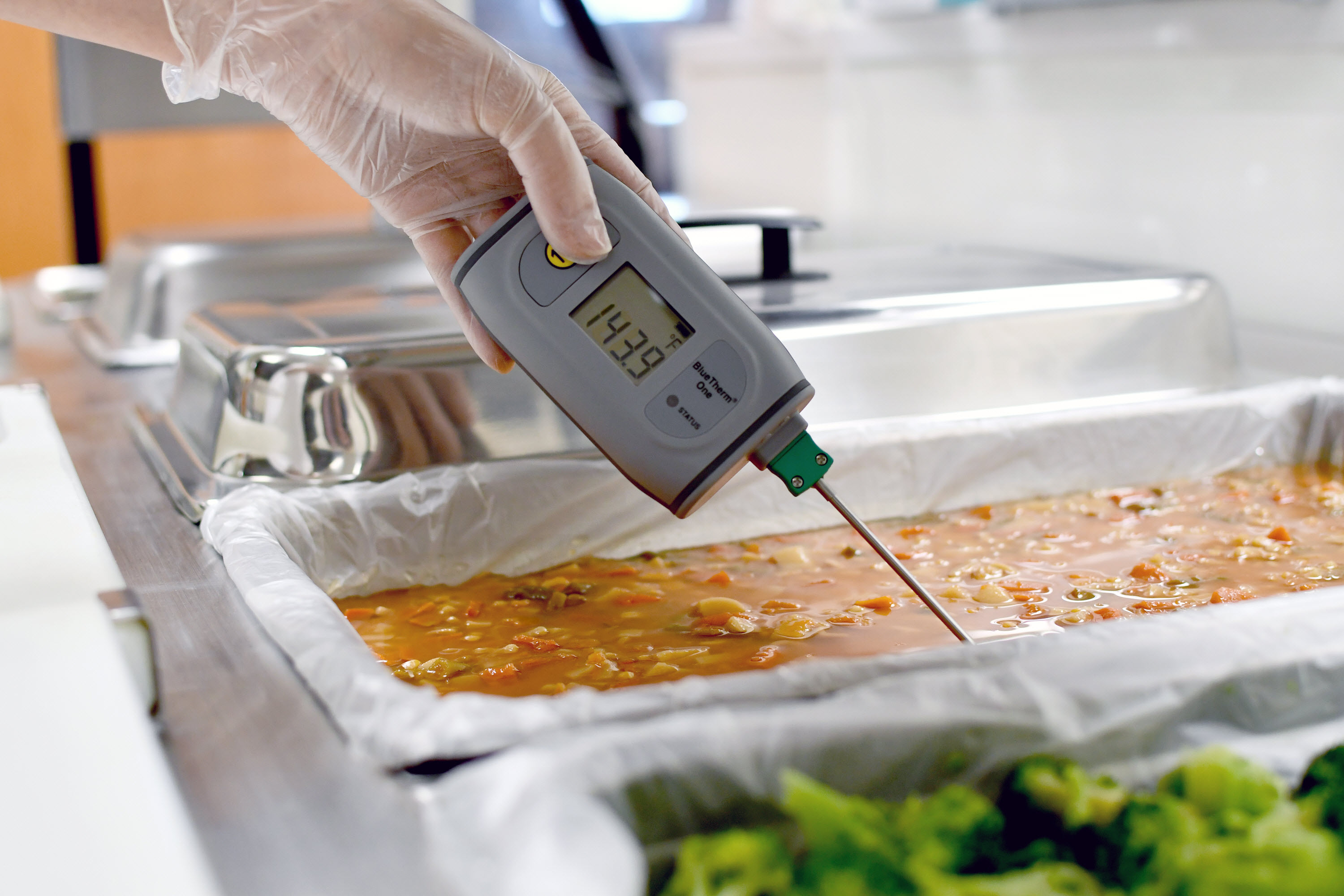The food industry is constantly evolving, driven by changes in consumer preferences, regulatory requirements, and technological advancements. One of the key standards that has been pivotal in ensuring food safety and quality is the Safe Quality Food (SQF) program. As we approach the launch of SQF Edition 10, it is crucial for food safety professionals and industry leaders to understand the forthcoming changes and prepare accordingly to stay compliant and competitive.
Understanding SQF and Its Impact on the Food Industry
The SQF program is a rigorous and credible food safety and quality program that is globally recognized. It helps reduce the incidence of unsafe food reaching the market and is trusted by buyers around the world. The program's certification process ensures that food has been produced, processed, prepared, and handled according to the highest possible standards at all levels of the supply chain.
Edition 10 of the SQF Code represents a significant update with substantial revisions and additions designed to stay abreast of the latest food safety challenges and technological developments. The goal of these updates is to further elevate the standards of food safety, quality, and traceability in the global food supply chain.
Key Changes in SQF Edition 10
1. Enhanced Focus on Environmental Monitoring
Environmental monitoring has been a growing focus in food safety management. SQF Edition 10 places greater emphasis on this area, requiring more rigorous protocols for identifying potential contamination sources. This change aims to enhance the proactive management of food safety risks before they lead to actual contamination.
2. Emphasis on Food Fraud Mitigation
Food fraud continues to be a critical concern within the industry. The new edition incorporates more robust requirements for vulnerability assessments and mitigation strategies, ensuring that companies are better equipped to prevent economically motivated adulteration of their products.
3. Updated Requirements for Food Defense
In response to increasing concerns about intentional contamination, SQF Edition 10 updates its requirements for food defense plans. Companies will need to demonstrate that they have comprehensive measures in place to protect their products from intentional harm.
4. Strengthened Supplier Verification Programs
The new edition places additional responsibilities on manufacturers to verify their suppliers' compliance with food safety standards. This change is designed to ensure that safety and quality are maintained throughout the supply chain, not just at the point of production.
Step-by-Step Approach to Implementing SQF Edition 10
Implementing the changes required by SQF Edition 10 will be a significant undertaking. Here is a step-by-step approach to help your organization stay ahead:
Step 1: Conduct a Gap Analysis
Start by comparing your current SQF system against the requirements specified in Edition 10. This will help identify areas that need adjustment or enhancement. Focus on the new or revised elements such as environmental monitoring and food fraud prevention.
Step 2: Update Your Food Safety Management System
Based on the gap analysis, update your food safety management system to align with the new requirements. This may involve revising existing procedures, creating new documentation, and enhancing training programs.
Step 3: Train Your Team
Ensure that all relevant personnel are trained on the new requirements and understand their roles in maintaining compliance. This includes everyone from the production floor to the executive team.
Step 4: Strengthen Your Supplier Verification Process
Enhance your supplier verification processes to meet the stricter guidelines. Consider implementing more rigorous testing and auditing procedures to ensure your suppliers meet the necessary food safety standards.
Step 5: Implement Technology Solutions
Utilize technology to streamline compliance and enhance traceability and monitoring. Food safety software and food traceability software can be invaluable tools in managing your food safety program more efficiently.
Step 6: Conduct Internal Audits
Regular internal audits are essential to ensure ongoing compliance and to prepare for your SQF certification audit. Use these audits as an opportunity to refine and improve your processes.
Step 7: Schedule Your SQF Audit
Once you have updated your systems and conducted thorough training and internal audits, schedule your SQF certification audit.
Example: Implementing Enhanced Environmental Monitoring
Consider a scenario where a frozen foods manufacturer needs to implement enhanced environmental monitoring under SQF Edition 10. The company could start by identifying areas where contamination risks are highest, such as cold storage and packaging lines. Next, they would develop new sampling protocols and increase the frequency of testing. They might also invest in new sensor technology to continuously monitor conditions and detect potential contaminants more quickly.
Conclusion
The release of SQF Edition 10 is an important milestone in the continuous improvement of food safety and quality standards. By understanding and preparing for these changes, your organization can ensure compliance, protect consumers, and maintain its competitive edge.
To see how food safety software can streamline your compliance with SQF Edition 10, consider scheduling a demo with us at NORMEX. Our advanced solutions are designed to help you meet the new challenges head-on, ensuring that your food safety protocols are as robust and efficient as possible.







